Anita Nikolich
DeepFake-O-Meter v2.0: An Open Platform for DeepFake Detection
Apr 19, 2024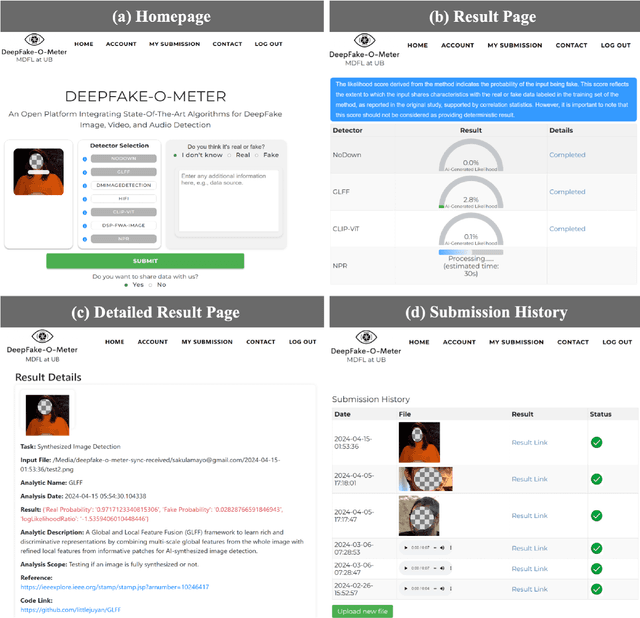
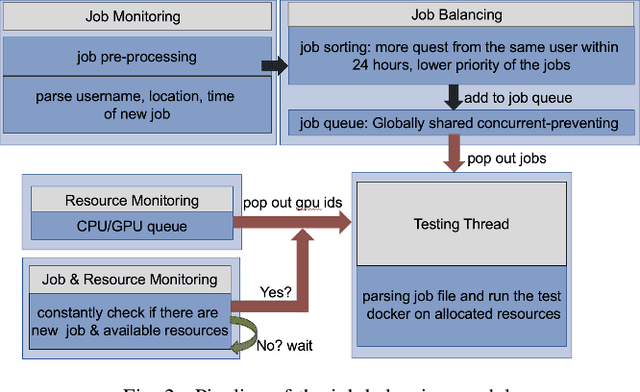

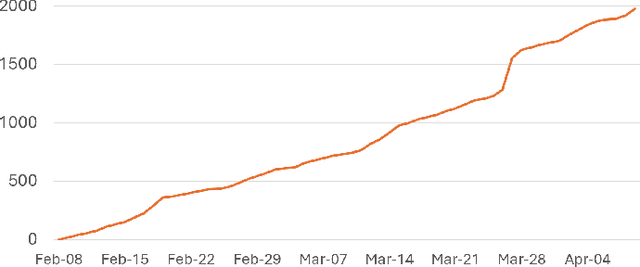
Abstract:Deepfakes, as AI-generated media, have increasingly threatened media integrity and personal privacy with realistic yet fake digital content. In this work, we introduce an open-source and user-friendly online platform, DeepFake-O-Meter v2.0, that integrates state-of-the-art methods for detecting Deepfake images, videos, and audio. Built upon DeepFake-O-Meter v1.0, we have made significant upgrades and improvements in platform architecture design, including user interaction, detector integration, job balancing, and security management. The platform aims to offer everyday users a convenient service for analyzing DeepFake media using multiple state-of-the-art detection algorithms. It ensures secure and private delivery of the analysis results. Furthermore, it serves as an evaluation and benchmarking platform for researchers in digital media forensics to compare the performance of multiple algorithms on the same input. We have also conducted detailed usage analysis based on the collected data to gain deeper insights into our platform's statistics. This involves analyzing two-month trends in user activity and evaluating the processing efficiency of each detector.
Leaders or Followers? A Temporal Analysis of Tweets from IRA Trolls
Apr 04, 2022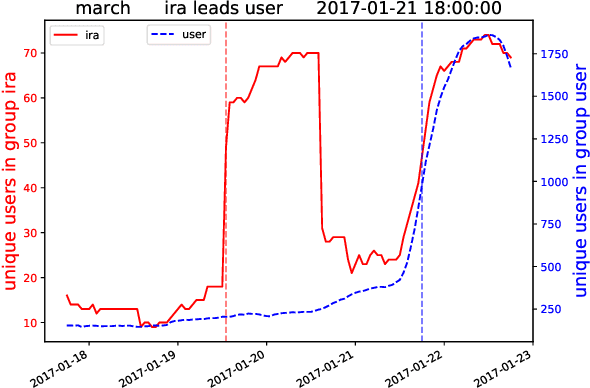
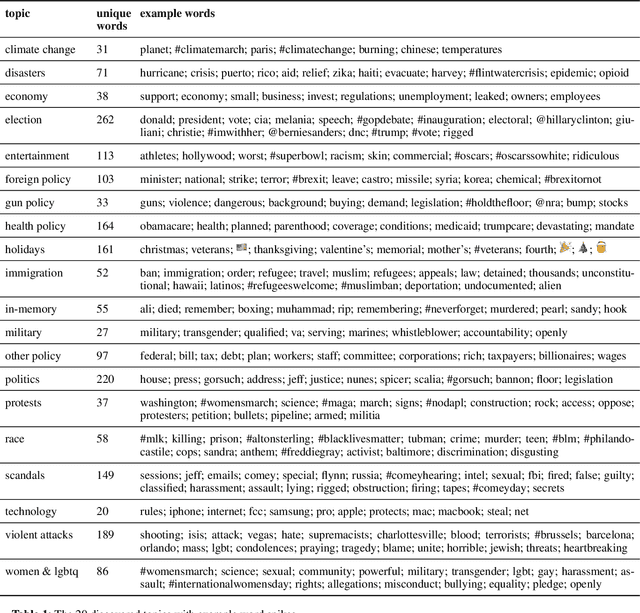
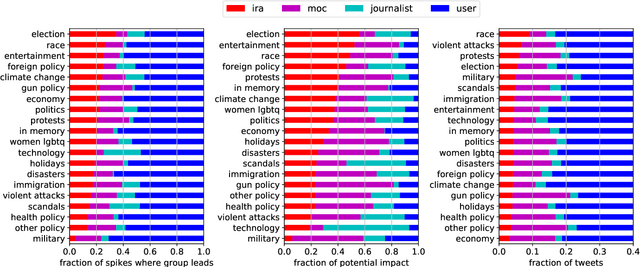
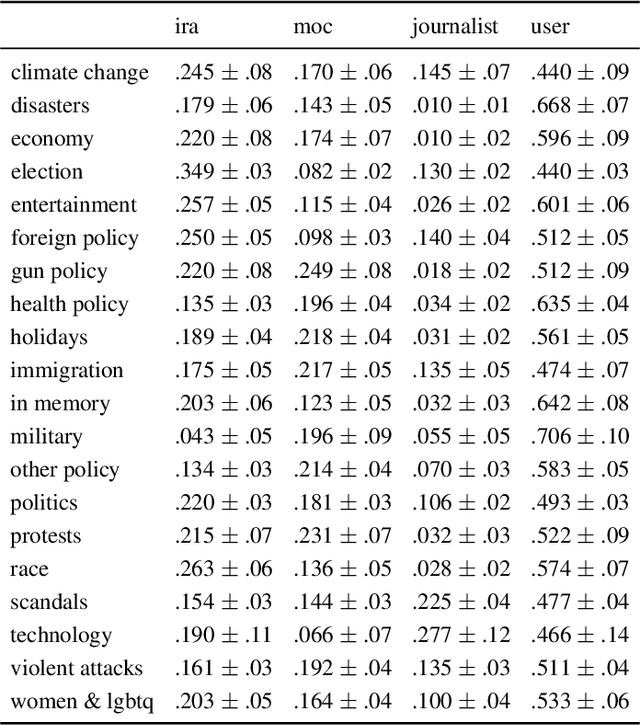
Abstract:The Internet Research Agency (IRA) influences online political conversations in the United States, exacerbating existing partisan divides and sowing discord. In this paper we investigate the IRA's communication strategies by analyzing trending terms on Twitter to identify cases in which the IRA leads or follows other users. Our analysis focuses on over 38M tweets posted between 2016 and 2017 from IRA users (n=3,613), journalists (n=976), members of Congress (n=526), and politically engaged users from the general public (n=71,128). We find that the IRA tends to lead on topics related to the 2016 election, race, and entertainment, suggesting that these are areas both of strategic importance as well having the highest potential impact. Furthermore, we identify topics where the IRA has been relatively ineffective, such as tweets on military, political scandals, and violent attacks. Despite many tweets on these topics, the IRA rarely leads the conversation and thus has little opportunity to influence it. We offer our proposed methodology as a way to track the strategic choices of future influence operations in real-time.
 Add to Chrome
Add to Chrome Add to Firefox
Add to Firefox Add to Edge
Add to Edge